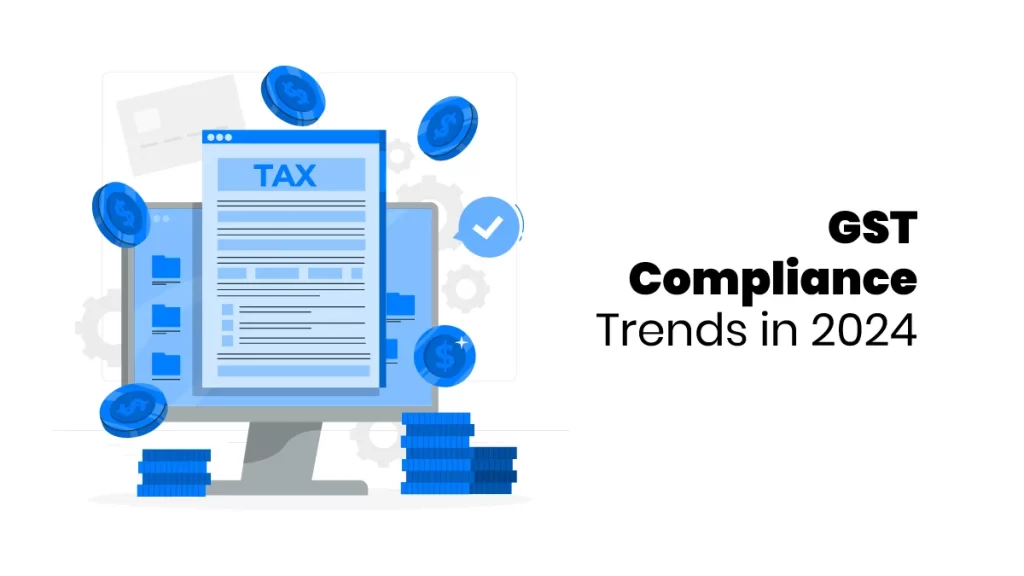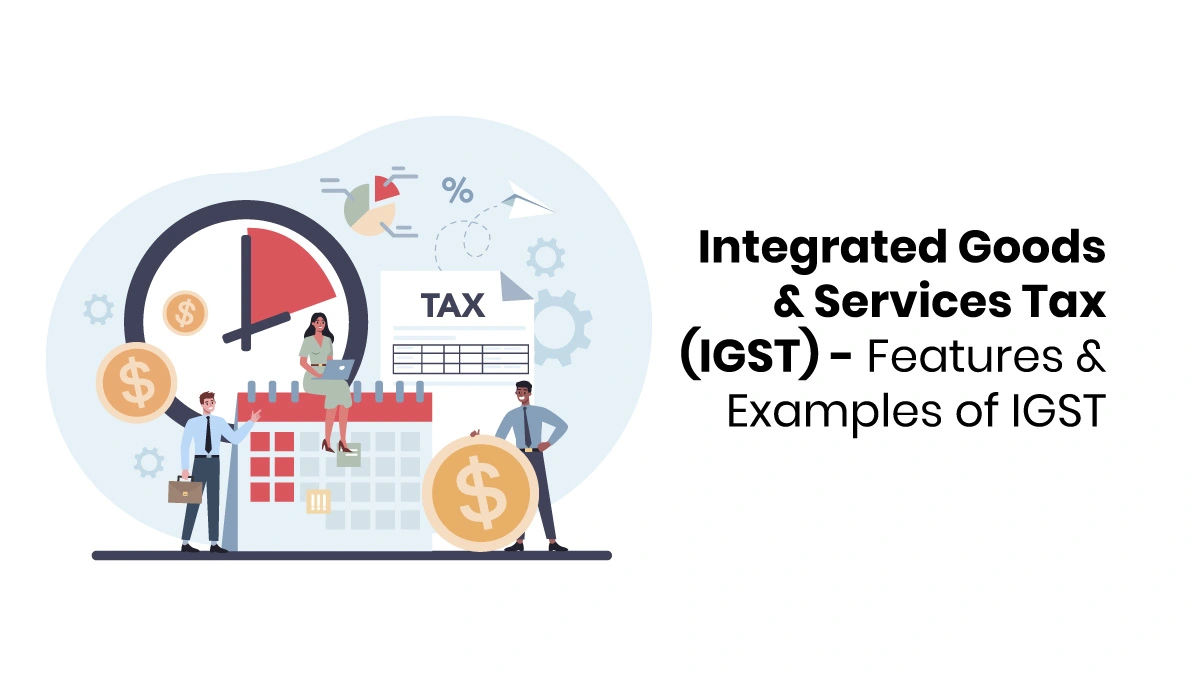Following GST rules has become stricter in the past few years because of e-invoices, automatic GST processes, and changing laws. Companies that don’t keep up with these changes face problems, like getting fined for filing GSTR-3B late, facing legal trouble for delaying GST payments, and harming their reputation. Let’s read some of the GST compliance trends;
Checking Invoices and Using E-Invoicing Tools
Following GST rules involves using e-invoicing tools and checking invoices carefully. Different software helps with this, making it easier to match up returns, create e-invoices, and handle data. These tools can make many e-invoices at once and ensure they’re correct.
Automating Checks and Tracking Vendors for Tax Credit
Automatically checking returns helps catch mistakes quickly and keeps the tax system fair. Using automation makes GST return filing easier. In the future, getting tax credits will focus more on genuine buyers and stop automatic reversals. Sorting vendors by risk makes tracking and paying only the right vendors easier.
Showing E-Commerce Sales Clearly
One of the GST compliance trends is dividing sales in GSTR-1 for e-commerce, which is a big step in clarifying GST rules. It makes reporting e-commerce sales a must, helping businesses tell apart direct and indirect sales for better return filing.
Using Automation for Legal Issues and Notices
Automation to reply to notices under sections 88C and 88D is helping many businesses more accurately check the differences between GSTR-1, GSTR-2B, and GSTR-3B. The DRC-01 tool lets firms and the government reply quickly and settle debts with expert help, clarifying things and reducing the chances of arguments.
Making Buying Records Simple
Using technology to turn paper invoices into digital ones helps businesses file taxes easier. By letting computers handle buying records, you can organize them as per government tax rules.
You can quickly create digital invoices and let computers handle buying records. These GST compliance trends help match your purchases with the taxes you owe, making it easier to follow the rules.
Following New E-Invoicing Rules
Keeping up with new e-invoicing rules is essential to follow tax laws. Some new rules might include:
- Making smaller businesses use e-invoices
- Using e-invoices for sales to customers
- Including industries like banks and insurance companies in e-invoicing
- Following these rules makes more businesses use e-invoicing and makes it harder for people to avoid paying taxes.

Safer Logins
With more focus on keeping online information safe, it’s essential to have secure ways for people to sign in to GST systems. That’s why it’s common to use extra security steps, like getting a code sent to your phone or email or using your fingerprint.
As a business owner, you must ensure these extra security steps are set up for your GST operations.
Using Data for Following GST Rules
Another way to ensure compliance with GST rules is to share information with government departments and keep track of it using a unique system. The GST compliance trends include how much you sell, how much money you have, how you use tax credits, what you buy, and your bank details.
By managing this information better, you can see more clearly how you’re doing financially and make sure you’re following the rules adequately based on what the information shows.
As a business owner, it’s essential to watch for new GST compliance trends. Stay ahead by being proactive about following the rules, using automation for regular GST tasks, and relying on trusted technology to make compliance easier.
By doing this, you’ll be better prepared to handle the ins and outs of GST compliance and be ready if you ever get audited.
Enrolling in GST online courses helps you learn how to effectively manage GST accounting software for your business. Finprov is a top institute offering a range of accounting courses, including CBAT, PGBAT, Income Tax, Practical Accounting Training, PGDIFA, DIA, GST, SAP FICO, Tally Prime, MS Excel, and more. Our GST certification course provides learners with a better understanding of GST using real-life examples. It suits graduates, CAs, company secretaries, finance and tax professionals, and anyone seeking career opportunities.
Our GST courses cover GST basics, Input tax credit, Composition Scheme, GST return filing, E-way bill, Time of Supply, Place of Supply, Reverse Charge Mechanism, and more. It’s designed for graduates and professionals looking to enhance their knowledge in accounting and finance.










